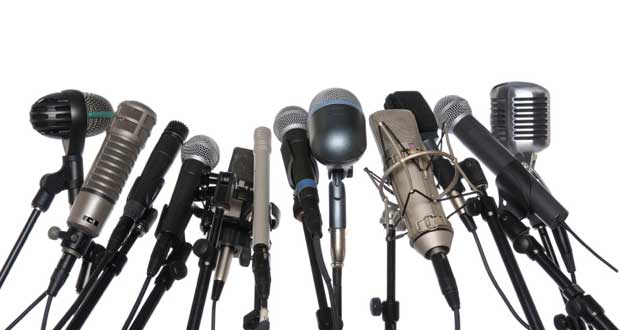Modern advertising looks very different from days past. What was once a strategically aligned buy-sell relationship, the connection between advertisers and publishers is now separated by technology. Programmatic execution, while providing operational and cost efficiencies, has blurred the line of communication between buyers and sellers. With different technology vendors serving different parts of the marketplace, market fragmentation formed. As a result, advertisers and publishers were pushed to perimeter marketplaces in the media ecosystem, with limited strategic connection between the two. These perimeter marketplaces function at opposite ends of the advertising industry, separated by layers of technologies that function in their own isolated markets. Today, buyer considerations with demand side platforms (DSPs) have little to do with sellers and their supply side platforms (SSP’s) and vice versa.
This fragmentation has misaligned demand with supply, creating the lack of transparency that now engulfs the market. It also created new challenges, the largest of which is confusion in the marketplace. With so many players in the space acting in isolated marketplaces, the buy side and the sell side are rarely in full view of each other. A buyer’s ad dollar often travels through several isolated marketplaces – i.e. trading desk, demand side platform, exchange, supply side platform – before it ever reaches the publisher. That’s why despite $10 billion spent via programmatic platforms in 2014, as the IAB released just last week, 55% of revenue went to ad-tech companies and only 45% to publishers.
The programmatic ecosystem consists of many layers, and each component can add value and maintain important relationships. But the motives and relationships being forged in each isolated marketplace are being done under very different considerations sets. What matters to one side of the market has little dependency on the other. On the sell side, for example, publishers look to SSPs to provide a certain set of criteria: the ability to monetize inventory, drive yield, and meet reporting and analytics needs. While none of these transactions are possible without advertisers, the demand side rarely plays a role in these considerations.
Likewise on the demand side, advertisers want to get the best value: prime impressions for a bargain price. They look to DSPs, who claim infinite access to inventory, the ability to set up private marketplaces and create white lists. These offerings are all based on technology, and not any direct relationship with publishers. In the middle lies the exchanges, who can work with both SSPs and DSPs, other exchanges, or may be absent altogether. The possibilities are endless. What was once a direct linear connection between buyer and seller has become a chaotic maze separating demand from supply.
With so many layers functioning in separate marketplaces, it’s no wonder programmatic advertising has been engulfed by confusion. Programmatic means different things to each side of the market. From this confusion, blurred transparency and fraud arose. These are symptoms of the disconnected layers that compose today’s programmatic ecosystem.
If these issues are ever to be resolved, the market must better align advertisers’ goals with supply across both the RTB landscape and direct publisher relationships. The two are not mutually exclusive. The direct line of communication between buyers and sellers must be restored, and can be optimized with a consultative approach. The combination of systematic decision making with data analysis is the key to creating adaptive execution environments that leverage programmatic technology’s capabilities. Only then can the potential of every media spend dollar for both buyers and sellers be unleashed.
The market must readjust to embrace programmatic technology for what it is: a transaction method. Yes, the technology is great and has implemented strong operational efficiency. But the industry has become inflated and has devalued the direct link between the buy side and sell side, causing unnecessary and painful challenges. That’s why consolidation is inevitable.
We’ve seen some recent examples of businesses opening a direct line of communication between buyers and sellers that the current market lacks. That is where the future of this business lies. By leveraging today’s technology to do what it does best – transact – we can reconnect the market to ensure value is sustained for both the advertiser and the publisher. To restore harmony within the advertising market, we must realign buyer with seller and advertiser with inventory supplier.









